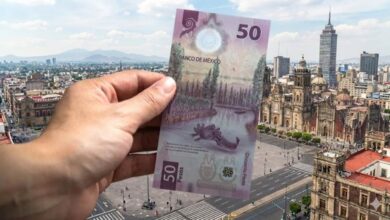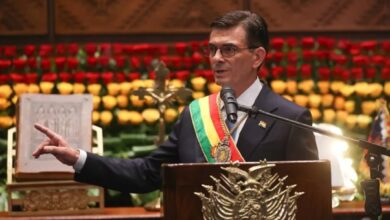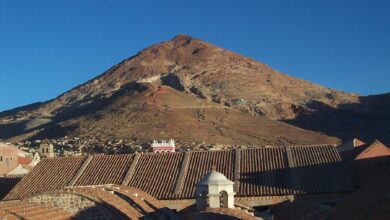A Lifetime of Money Becomes a Museum for the Bolivian People
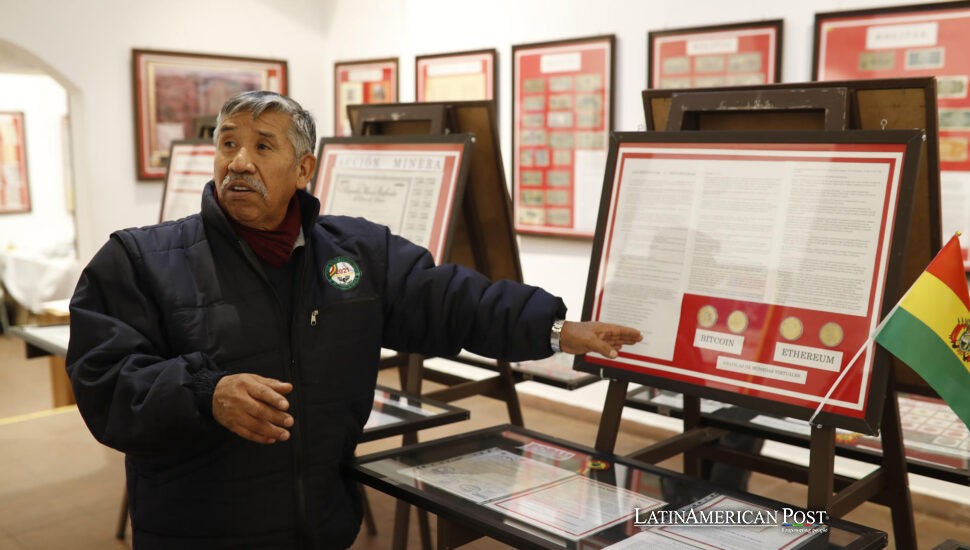
To mark Bolivia’s bicentennial, a family in Cochabamba has opened a door onto 8,000 years of value—stones, salt, coca leaves, silver reales, banknotes swollen by hyperinflation, even tokens for bitcoin. For collector Víctor Borda, money is no longer just an artifact. In his hands, it has become a memory Bolivians can touch.
A childhood hobby becomes a bicentennial museum.
Inside a bright hall in Cochabamba, coins gleam in ordered runs of copper and silver while banknotes fan out like pressed flowers. Together, they comprise the Borda-Luna collection, nearly 3,000 pieces that trace humanity’s attempt to measure worth—from primitive exchange objects to digital-age medallions.
Its architect, 74-year-old Borda, began the hunt with a child’s curiosity. “I started collecting at age 10 or 11; it was a wholesome pastime, and here I am,” he told EFE, smiling at how a boy’s diversion turned into a lifelong pursuit.
The obsession deepened between 2004 and 2009, when Borda lived in the United States and gained access to pieces so rare he once flirted with chasing a Guinness World Record. Family duty brought him home, but it also gave the collection its true purpose. Together with his wife, Sara Luna, he cataloged every piece—first by hand, then on a typewriter, later on a computer—so that, as he put it to EFE, “my people can see the world without paying a cent.” In a country where most citizens may never travel beyond the Andes, the museum offers a passport stamped in silver, paper, and polymer.
From stones and salt to silver and satoshis
The exhibition’s story begins far before the minting of coins. More than 8,000 years ago, nomadic communities traded what they could carry: polished stones, the glint of salt, the iron “kisi penny” from West Africa—shaped for strength and longevity. In the Andes, the twist was unmistakably local. “Even coca leaves served as primitive money—one handful was a day’s wage in the Inca era,” Borda explained to EFE.
The next rooms unfurl into Bolivia’s own deep monetary past. Colonial silver reales from the Casa de la Moneda in Potosí anchor the section: some precisely struck, others crude “cobs” hammered quickly to satisfy the world’s insatiable appetite for silver. Nearby cases capture the tokens of daily life—telephone chips, casino markers, foosball slugs—small things that once opened doors, bought time, or granted a game.
And then, with a wink, the present arrives. Borda has assembled physical commemoratives of virtual currencies: bitcoin medallions that cannot buy bread but allow visitors to imagine the intangible flows reshaping the financial world. Across the room, Bolivia’s newest commemorative banknote, designed for the bicentennial, sparkles with security threads and patriotic pride.
Faces, crises, and the power of paper
Paper money carries not just value but people. And this museum insists on asking who is missing as much as who is present. “We must give women their space; the vast majority of coins and bills have featured men,” Borda told EFE. A dedicated case honors women who did make it into circulation: Eva Perón, Colombia’s anthropologist Virginia Gutiérrez, Britain’s Jane Austen, and Peru’s singer Chabuca Granda. Their portraits, displayed together, remind visitors that recognition in currency is recognition in history.
Another display throbs with the adrenaline of collapse. Bolivia’s own hyperinflation of the 1980s—soaring past 4,000%—fills a row with dizzying denominations bearing the images of Juana Azurduy and Eduardo Abaroa. But the lesson is global: notes from Zimbabwe and the former Yugoslavia trail strings of zeros that blur into absurdity. To hold such paper is to feel power evaporate between your fingers.
War writes its own entries, too. A case holds Japanese military currency from World War II—flimsy paper with poor ink, instruments of occupation. Nearby, guerrilla “heroic money” from the Philippines testifies to resistance economies in besieged lands. The message is sharp: money is never neutral. It can enforce control, finance rebellion, or document survival.
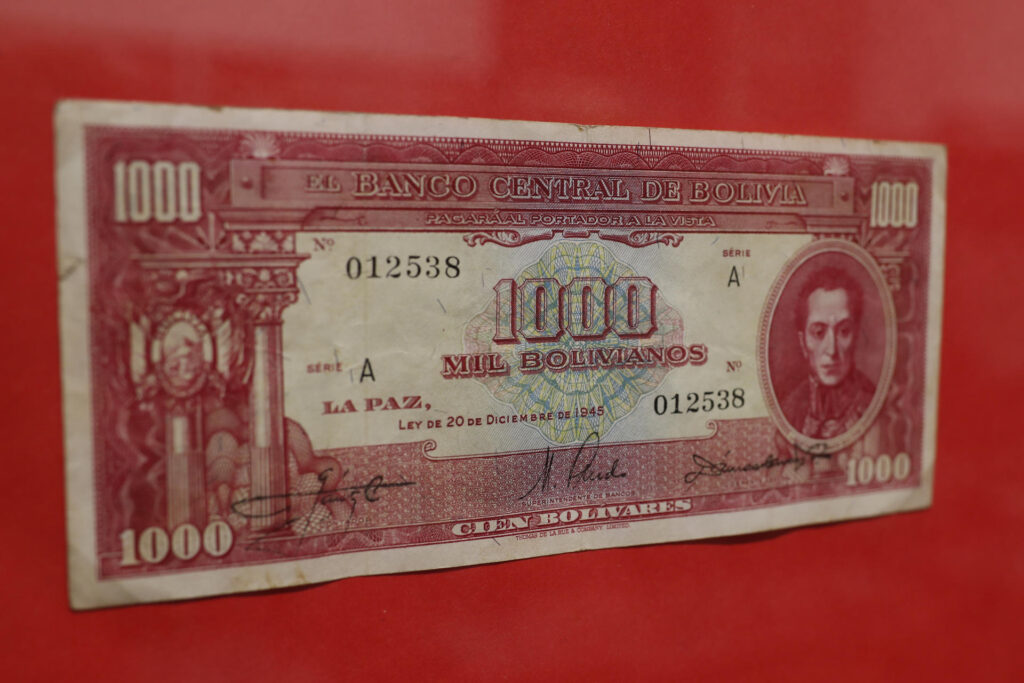
The Bolivian classroom the world needs
Borda’s genius lies in making the technical tactile. Visitors can shine ultraviolet lamps on counterfeit bills to see where they fail, line up U.S. dollars to study changing symbols, or examine polymer notes that resist humidity and extend life spans. Children press close to the glass, marveling at a bill’s hidden thread; older visitors whisper what a 100-peso bill could once buy. Money becomes a social diary.
The family ethos makes the museum less valuable than a classroom. Borda’s wife shares his passion; their children and grandchildren have also caught it. “I’m a hunter, a hoarder, and an exhibitor of coins and banknotes; recovering these pieces so my people can see them is my passion,” he told EFE. His decision to keep exhibitions free during the bicentennial underscores that mission: wonder without a ticket price, history without a turnstile.
Instead of static displays, each case is a story—why Potosí stamped the world, how a token became a key, when a portrait on a bill altered meaning. What Borda collected was not only objects but narratives, traced and written by hand, typewriter, and keyboard. In weaving those stories, he transformed a solitary hobby into a civic act.
Also Read: Peru’s Quixote Treasure Finds New Windmills In Royal Ink Dreams
This year, as Bolivia marks two centuries of independence, the Borda-Luna collection offers more than nostalgia. It reframes money as a mirror—showing what societies value, what they fear, how they change. Step past the bitcoin token and the Potosí cob, and the lesson lingers: money is technology, yes, but also memory. In Cochabamba, a family has created a space to house both a museum where the nation’s past jingles, rustles, and gleams—waiting to be held again.

